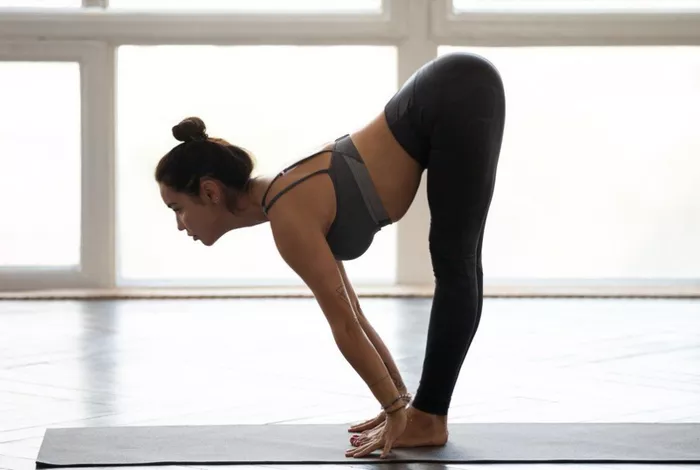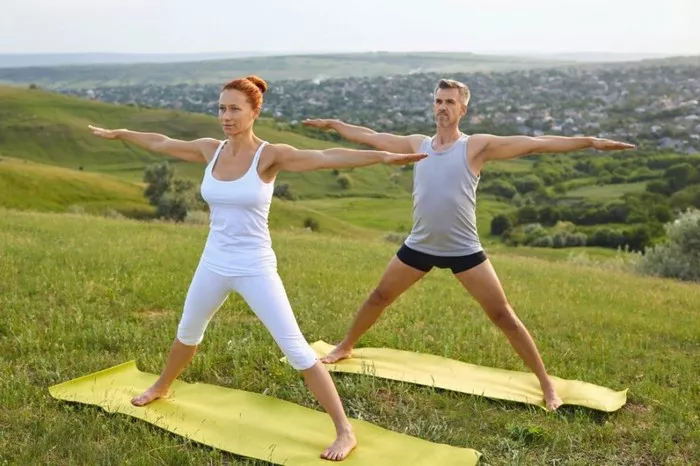Yoga blocks are essential props in the practice of yoga, aiding practitioners in achieving proper alignment, deepening stretches, and enhancing stability. Their use is ubiquitous in yoga studios and homes, making them a cornerstone of modern yoga practice. But what exactly are yoga blocks made of? This article delves into the materials used to craft yoga blocks, examining their properties, benefits, and impacts on both practitioners and the environment.
The Evolution of Yoga Blocks
Before discussing the materials, it’s essential to understand the evolution of yoga blocks. Introduced by B.K.S. Iyengar, a pioneer of modern yoga, yoga blocks were designed to make poses more accessible to everyone, regardless of their flexibility or strength. Initially, blocks were crafted from wood, reflecting Iyengar’s preference for natural, sturdy materials. Over time, the variety of materials expanded to include foam, cork, and recycled materials, each offering unique advantages.
Common Materials Used in Yoga Blocks
Yoga blocks are commonly made from three main materials: foam, cork, and wood. Each material has distinct characteristics that cater to different needs and preferences of yoga practitioners.
Foam Yoga Blocks
Foam yoga blocks are the most prevalent in yoga studios and among practitioners. They are typically made from ethylene-vinyl acetate (EVA) foam, a type of plastic with a soft, rubber-like texture.
Properties and Benefits:
Lightweight: Foam blocks are incredibly light, making them easy to transport and ideal for practitioners who carry their yoga props to and from classes.
Softness: The soft texture of foam blocks makes them comfortable for support in poses where the block is in direct contact with the body, such as under the back or head.
Durability: Despite their softness, foam blocks are durable and resistant to wear and tear, ensuring they last through extensive use.
Affordability: Foam blocks are generally the most affordable option, making them accessible to a broad range of yoga enthusiasts.
Environmental Impact:
However, the production of EVA foam involves chemical processes that can be harmful to the environment. Some manufacturers are addressing this by producing eco-friendly foam blocks from recycled materials or using less harmful production methods.
Cork Yoga Blocks
Cork yoga blocks are made from the bark of cork oak trees. This material is renowned for its sustainability and natural feel.
Properties and Benefits:
Eco-friendly: Cork is a renewable resource. The bark is harvested without harming the tree, which can live for over 200 years. This makes cork blocks an environmentally friendly choice.
Sturdiness: Cork blocks are denser and heavier than foam blocks, providing solid and reliable support in various poses.
Natural Texture: The slightly rough texture of cork provides excellent grip, preventing slipping during use.
Hypoallergenic: Cork is naturally hypoallergenic and resistant to mold and mildew, making it ideal for individuals with allergies or sensitivities.
Environmental Impact:
The production of cork blocks has a minimal environmental footprint. Harvesting cork supports biodiversity and helps in carbon sequestration, making it a sustainable choice for eco-conscious practitioners.
Wooden Yoga Blocks
Wooden yoga blocks hark back to the original blocks used in Iyengar yoga. They are typically made from bamboo, birch, pine, or other sturdy woods.
Properties and Benefits:
Durability: Wooden blocks are extremely durable and can withstand years of use without significant wear.
Solid Support: The rigidity of wood provides firm support, beneficial in poses requiring stability.
Aesthetic Appeal: Wooden blocks have a natural and timeless aesthetic, appealing to those who prefer a traditional look and feel.
Weight: While heavier than foam blocks, wooden blocks provide a stable base, which can be advantageous in balancing poses.
Environmental Impact:
The environmental impact of wooden blocks depends on the source of the wood. Sustainable practices, such as using bamboo or certified sustainable wood, minimize negative environmental effects. Bamboo, for example, is fast-growing and requires fewer resources to cultivate, making it an eco-friendly option.
Recycled and Innovative Materials
In response to growing environmental concerns, some manufacturers have started producing yoga blocks from recycled and innovative materials.
Recycled Foam:
Recycled foam blocks are made from post-consumer and post-industrial waste, reducing landfill and conserving resources. These blocks retain the properties of traditional foam blocks but with a significantly lower environmental impact.
Biodegradable Materials:
Innovations in material science have led to the development of biodegradable yoga blocks. These blocks are made from natural fibers and resins that break down over time, reducing long-term environmental impact.
Choosing the Right Yoga Block
Selecting the right yoga block depends on individual needs, preferences, and environmental considerations.
For Beginners:
Foam blocks are excellent for beginners due to their softness, lightweight nature, and affordability. They provide comfortable support and are easy to handle.
For Advanced Practitioners:
Advanced practitioners might prefer the firmness and stability of wooden or cork blocks. These materials offer more robust support, beneficial in advanced poses that require precise alignment and balance.
For Eco-conscious Yogis:
Cork blocks or blocks made from recycled and biodegradable materials are ideal for those prioritizing sustainability. These options offer environmental benefits without compromising functionality.
Maintenance and Care of Yoga Blocks
Proper maintenance extends the lifespan of yoga blocks and ensures hygienic practice.
Foam Blocks:
Foam blocks can be cleaned with a mild soap solution and a damp cloth. Regular cleaning prevents the buildup of sweat and bacteria. It’s important to avoid soaking foam blocks, as excessive moisture can degrade the material.
Cork Blocks:
Cork blocks can be wiped down with a damp cloth and mild soap. Due to their natural resistance to mold and mildew, they require less frequent cleaning but should be kept dry between uses.
See Also: What Material Are Yoga Pants Made Of?
Wooden Blocks:
Wooden blocks can be cleaned with a damp cloth and mild soap. They should be kept dry and occasionally treated with natural oils to maintain their finish and prevent cracking.
The Future of Yoga Blocks
The yoga industry continues to innovate, developing new materials and designs to meet the evolving needs of practitioners and environmental standards. Trends such as the use of recycled materials, biodegradable options, and the integration of technology (e.g., smart yoga blocks with sensors for alignment correction) are shaping the future of yoga props.
Sustainability Initiatives:
Manufacturers are increasingly adopting sustainable practices, from sourcing eco-friendly materials to reducing waste in production. These initiatives are critical in minimizing the environmental impact of yoga accessories.
Customization and Personalization:
Advancements in manufacturing allow for greater customization of yoga blocks. Practitioners can choose blocks tailored to their specific needs, such as personalized dimensions, density, and designs.
Conclusion
Yoga blocks, whether made from foam, cork, wood, or innovative recycled materials, play a vital role in enhancing the yoga practice. Each material offers unique benefits, catering to different preferences and environmental considerations. As the yoga community grows more conscious of sustainability, the future of yoga blocks lies in eco-friendly innovations and practices that support both practitioners and the planet. By understanding the properties and impacts of the materials used in yoga blocks, practitioners can make informed choices that align with their values and enhance their yoga experience.
Related topics:














